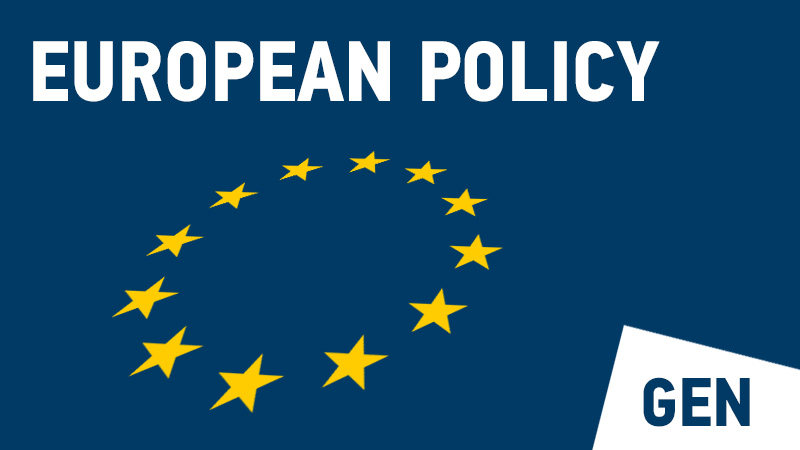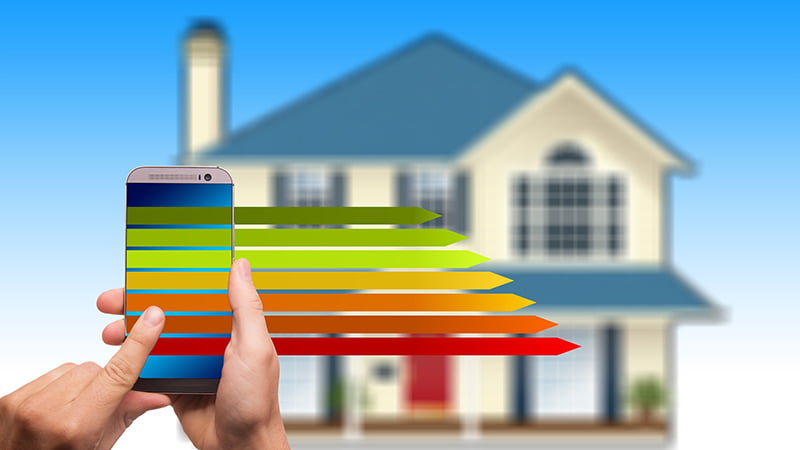GEN – 1488.00. Tumble dryers are the next product group for which the European Commission is proposing a reparability indicator, to be displayed in the bottom part of the EU Energy Label. It may serve as a model for other product groups.
At the Ecodesign and Energy Labelling Consultation Forum of 9 June 2023, the European Commission presented the draft proposed reparability classification for tumble dryers. The presentation provides insights into the possible future for other energy-related products and how circularity aspects will be mainstreamed in implementing measures.
Reliability, durability and reparability for mobile phones and tablets
At the end of 2022, the European Commission published the draft Ecodesign and Energy Labelling regulations for mobile phones and tablets. These are notable for introducing sustainability aspects beyond energy performance. The proposed Energy Label (see below) contains indicators for battery endurance (ix), repeated fall reliability (vii), ingress protection (x) and reparability (viii).
Reparability class for household tumble dryers
The Commission is now proposing to extend the reparability indicator also to tumble dryers. The proposed indicator follows the same basic pattern as for mobile phones. Reparability is rated on a discrete scale from A to E. The classes are bounded by threshold values of a continuous Repairability Index (R). R is an average across a range of parameters for a defined set of components, weighted according to each component’s typical failure rate. The parameters include:
- Number of disassembly steps
- Fastener type
- Tools type
- Availability of repair information
Each component listed in the Annex is scored for each of those parameters. Those scores are weighted and aggregated to give the global score for the appliance. The higher the failure rate of a component, the higher its contribution to the global score of the appliance.
A model for other energy-related products
Virtually all the national representatives were in favour of the introduction of a reparability class. The model for mobile phones and now tumble dryers could be extended to further product groups, starting with other home appliances. The general architecture of the score would be the same. Only the specific components considered, and the weightings would be different, but the general parameters (disassembly steps, tool type, fastener type, and availability of repair information) are likely to remain the same.
National reparability scores and the prospect of EU harmonisation
Different countries are introducing national reparability scores, including France and Belgium.
The French reparability index applies since 1 January 2021 to the following products groups:
- Smartphones
- Laptops
- Televisions
- Washing machines
- Lawnmowers
The French reparability index assesses 5 criteria:
- Documentation
- Disassembly
- Availability of spare parts
- Price of spare parts
- Product-specific aspects
Belgium will introduce a similar index soon, based on the French model.
The European Commission has therefore come under pressure to anticipate these developments by developing EU harmonised scores under Ecodesign and Energy Labelling. In light of the pressure and to avoid further fragmentation, the Commission is trying to adopt reparability scores without carrying out proper impact assessments. These developments may go faster than expected.
Related documents and links
All related documents and articles can be found in the respective sections in the right sidebar.
- GEN – 1488.01 – Energy Labelling measure for tumble dryers – Annex on reparability score
- GEN – 1488.02 – Presentation on reparability score for tumble dryers







